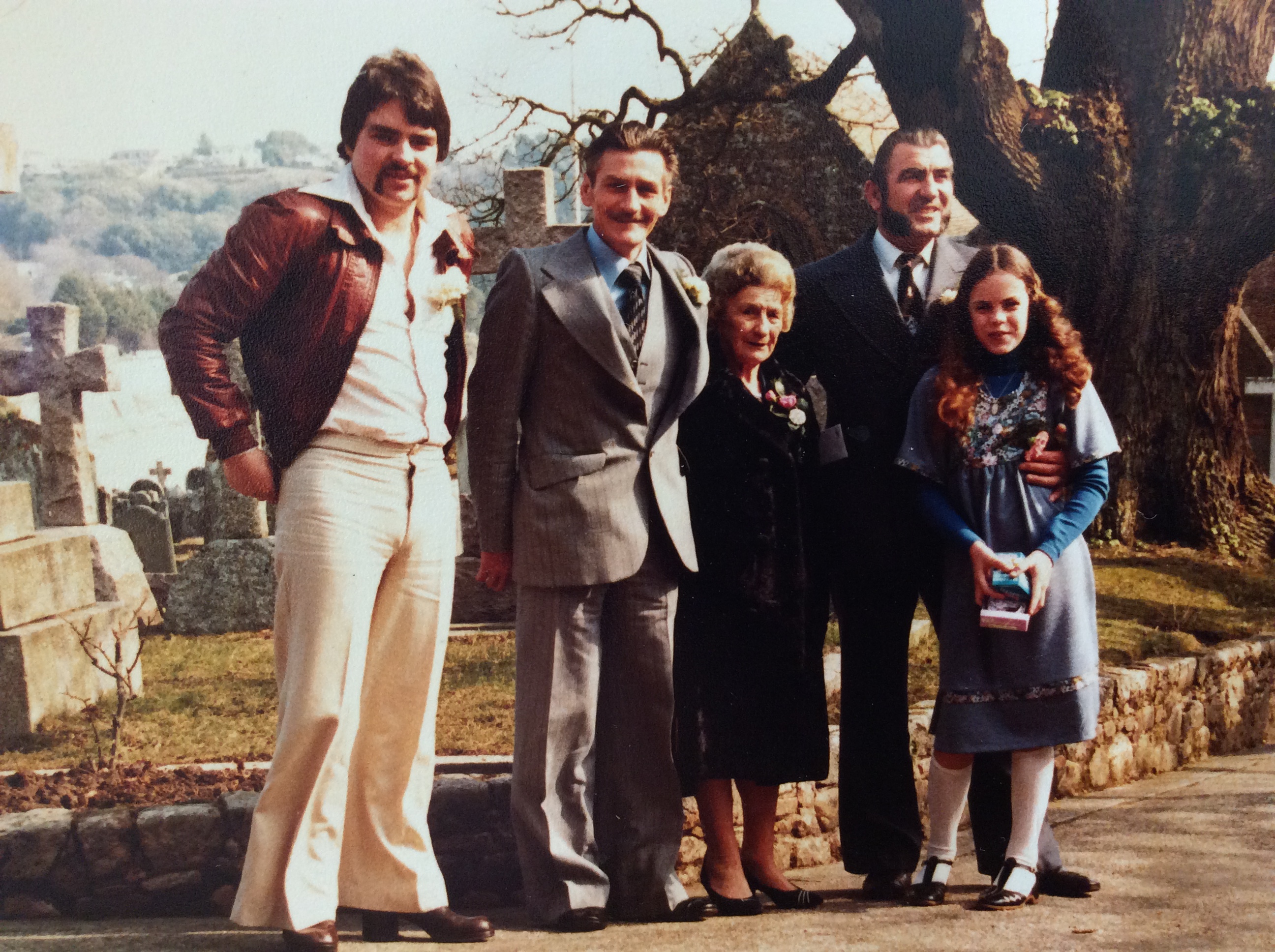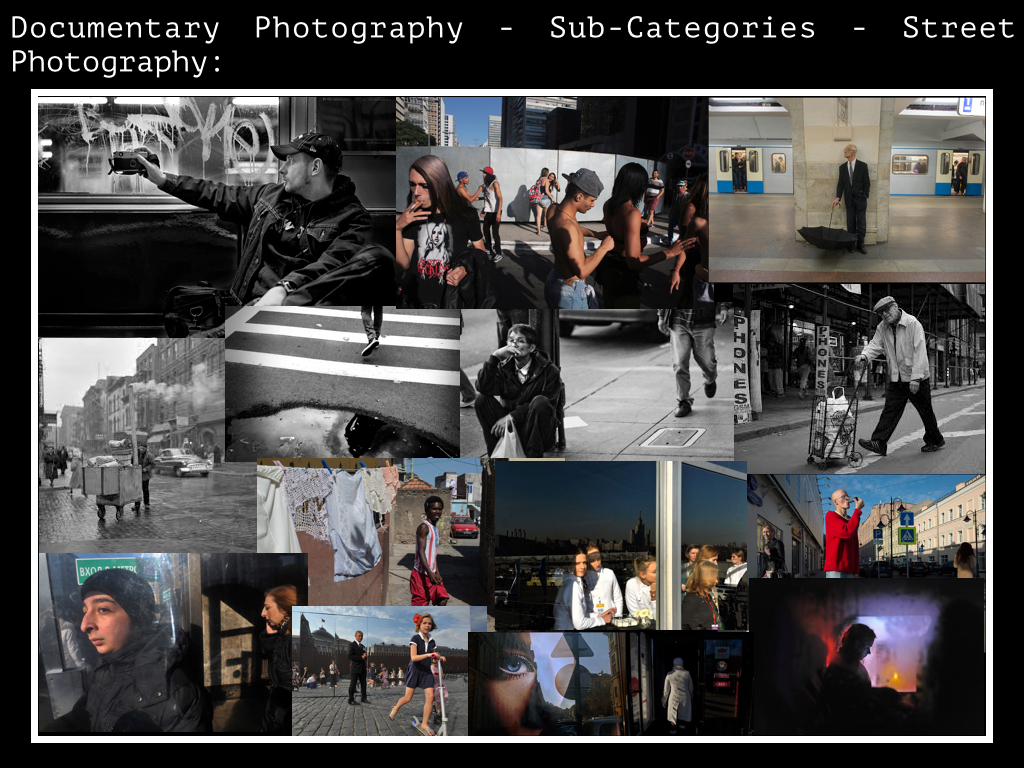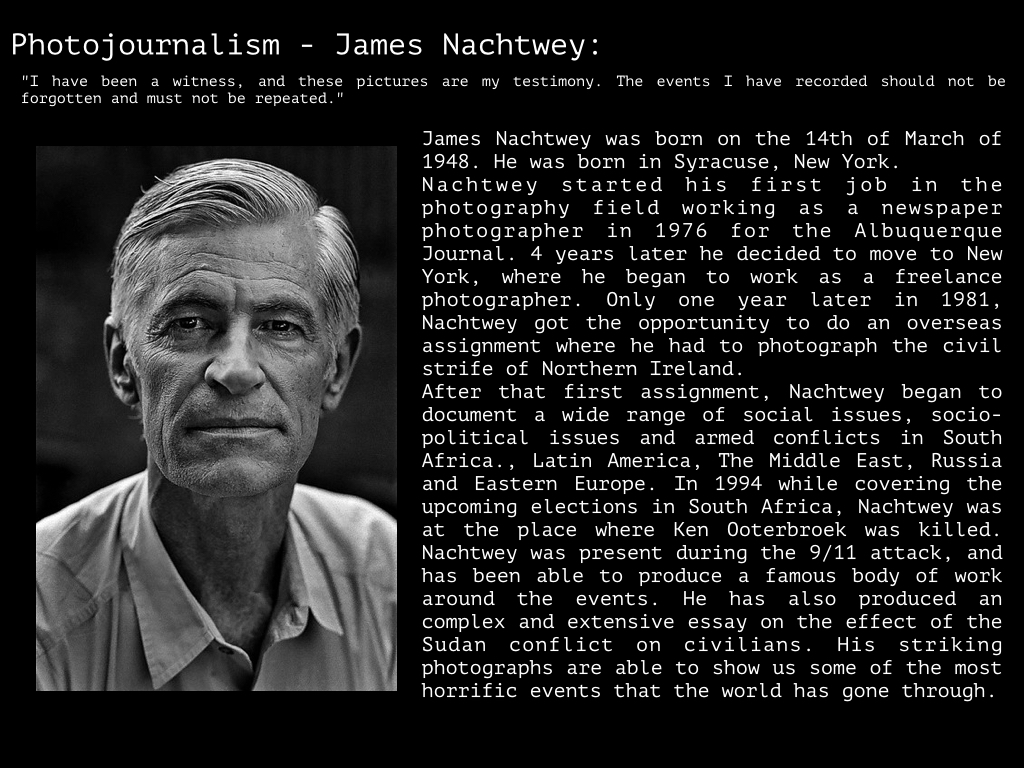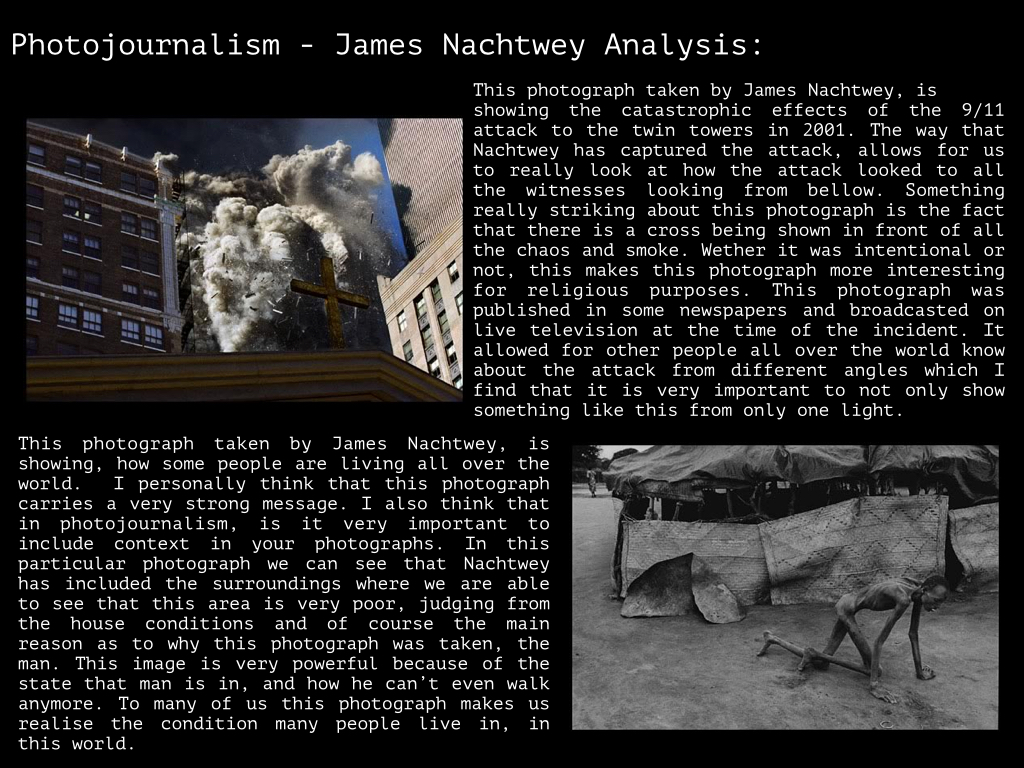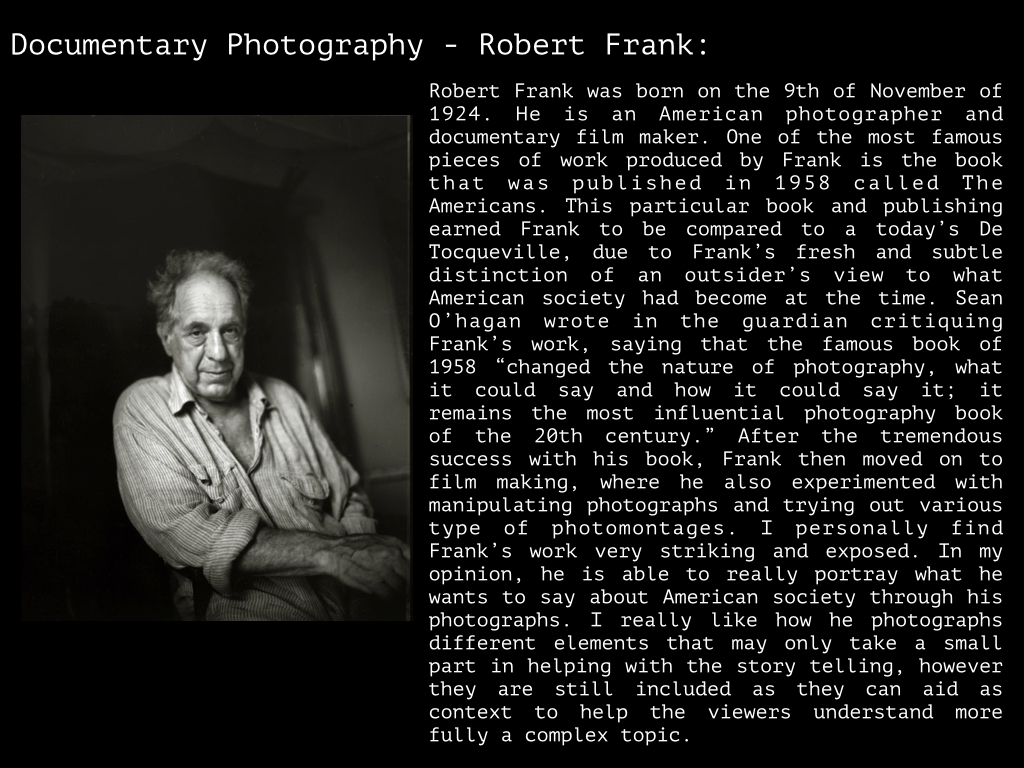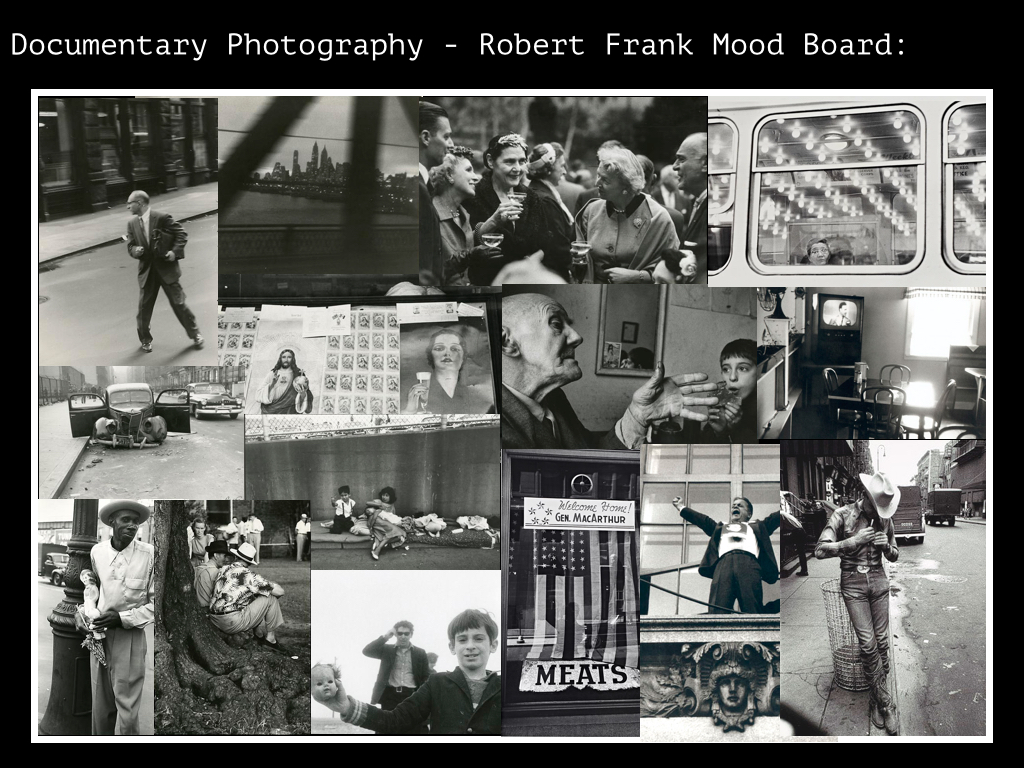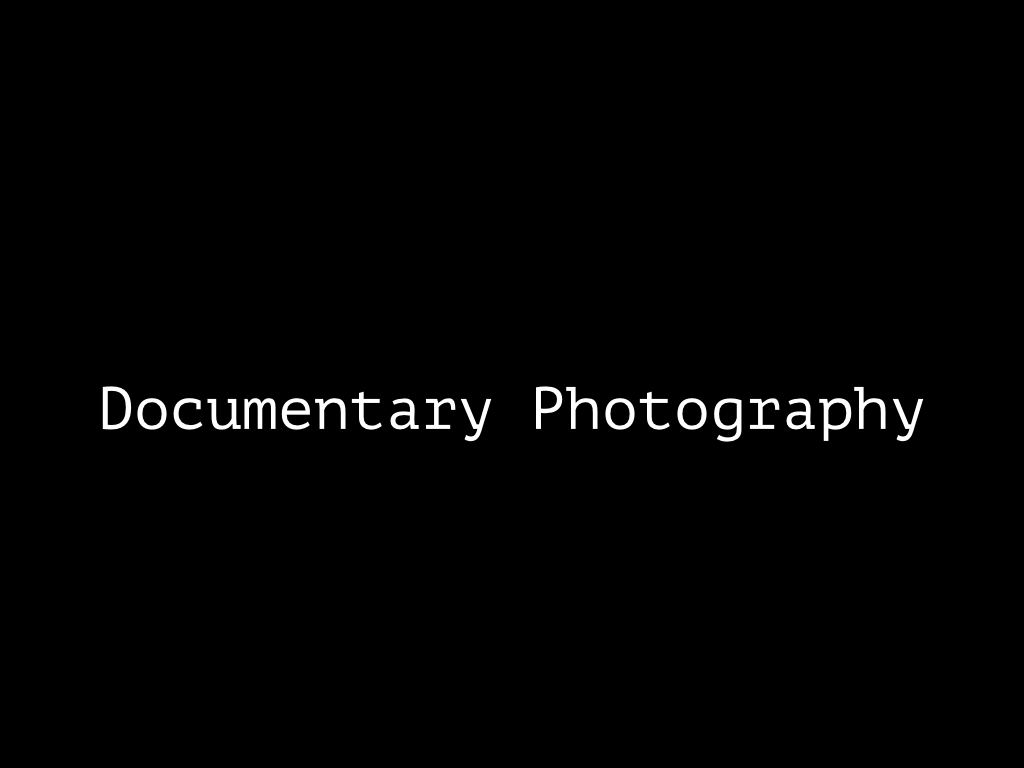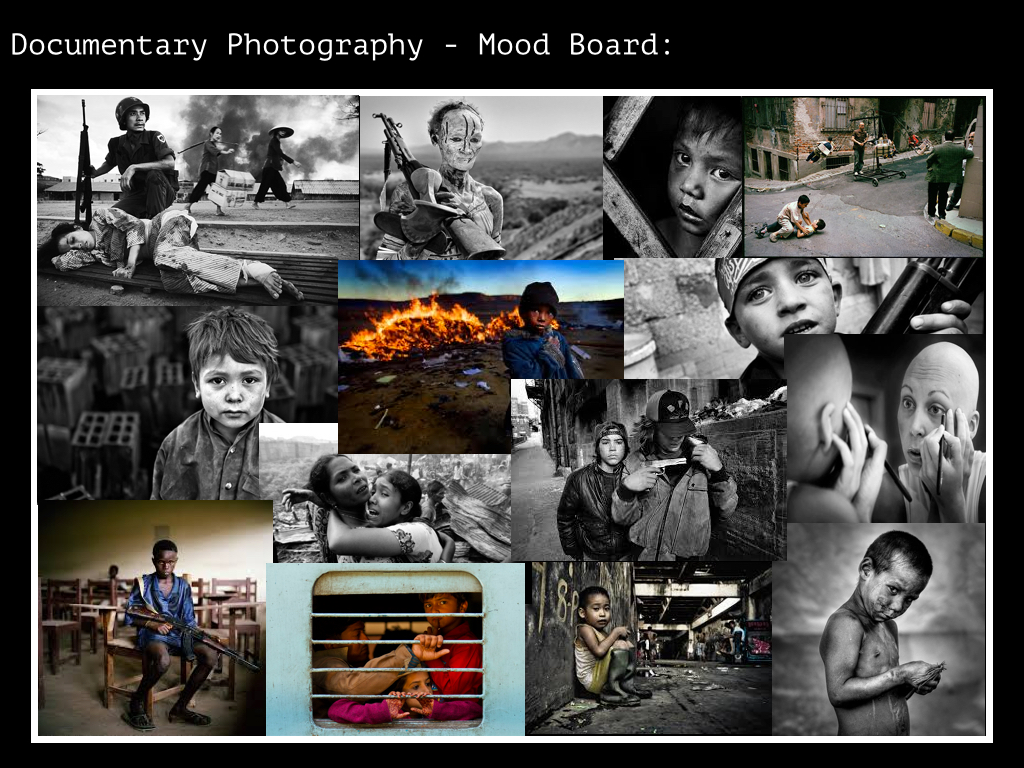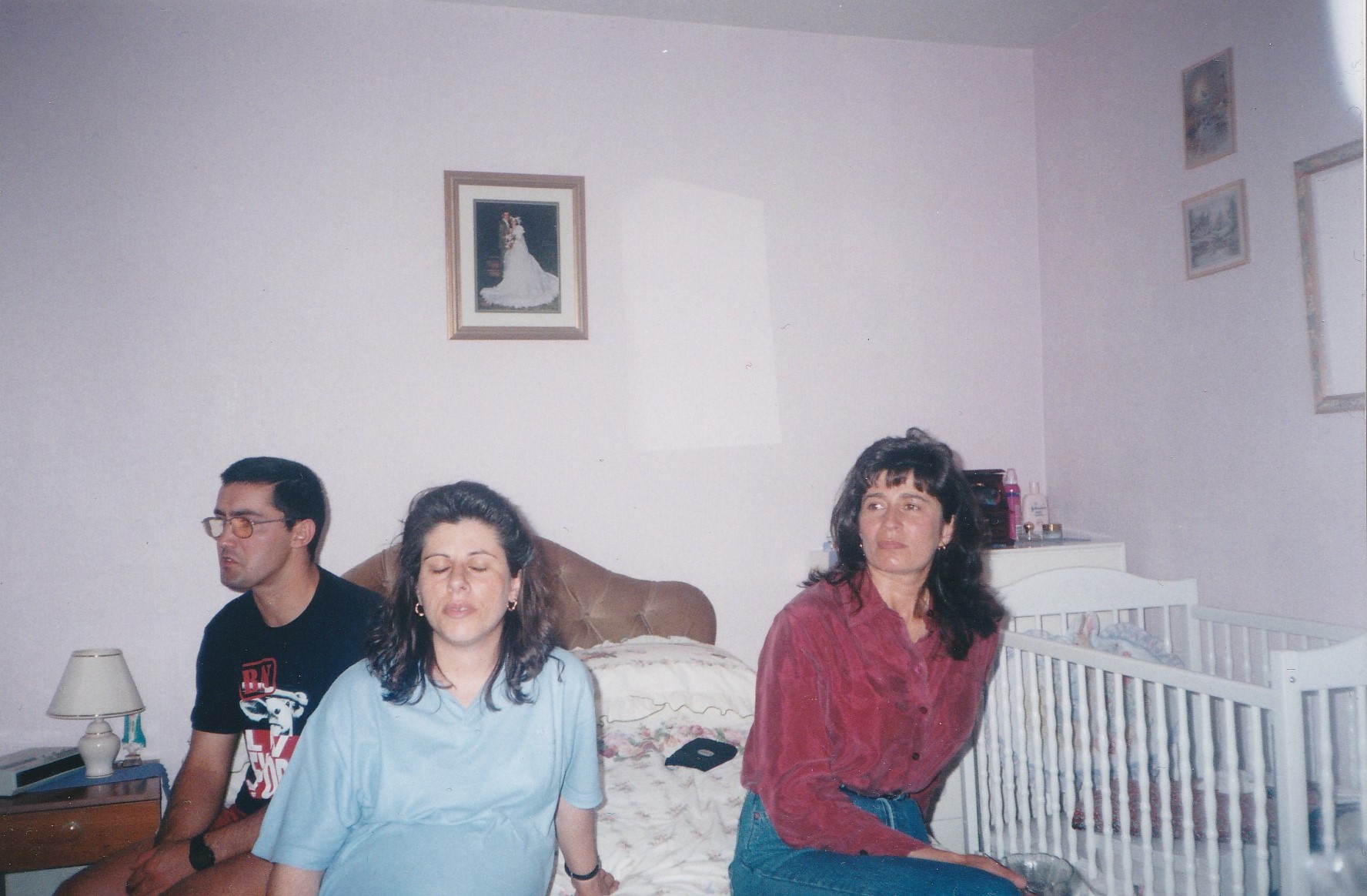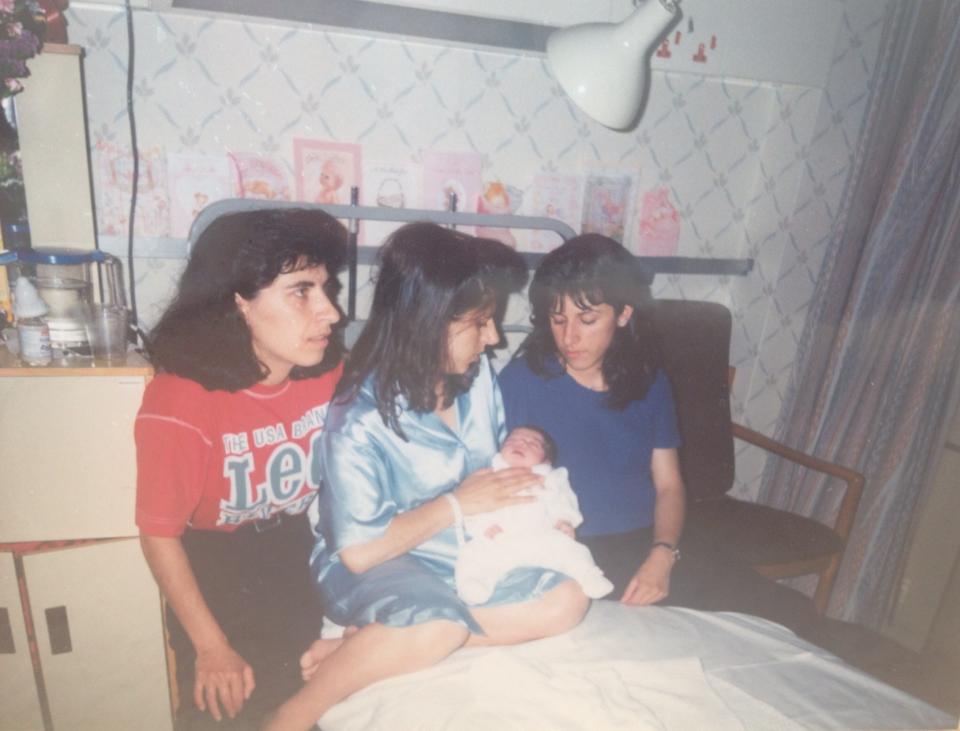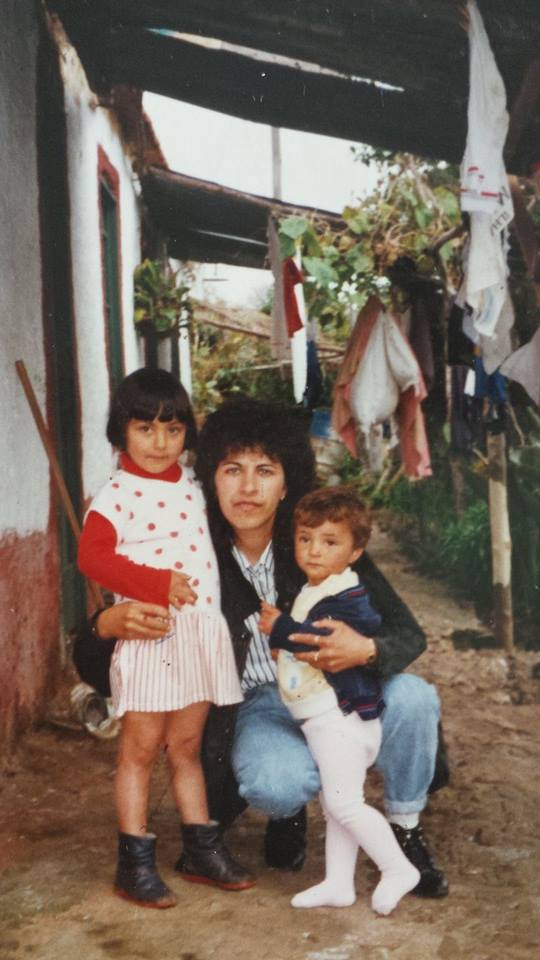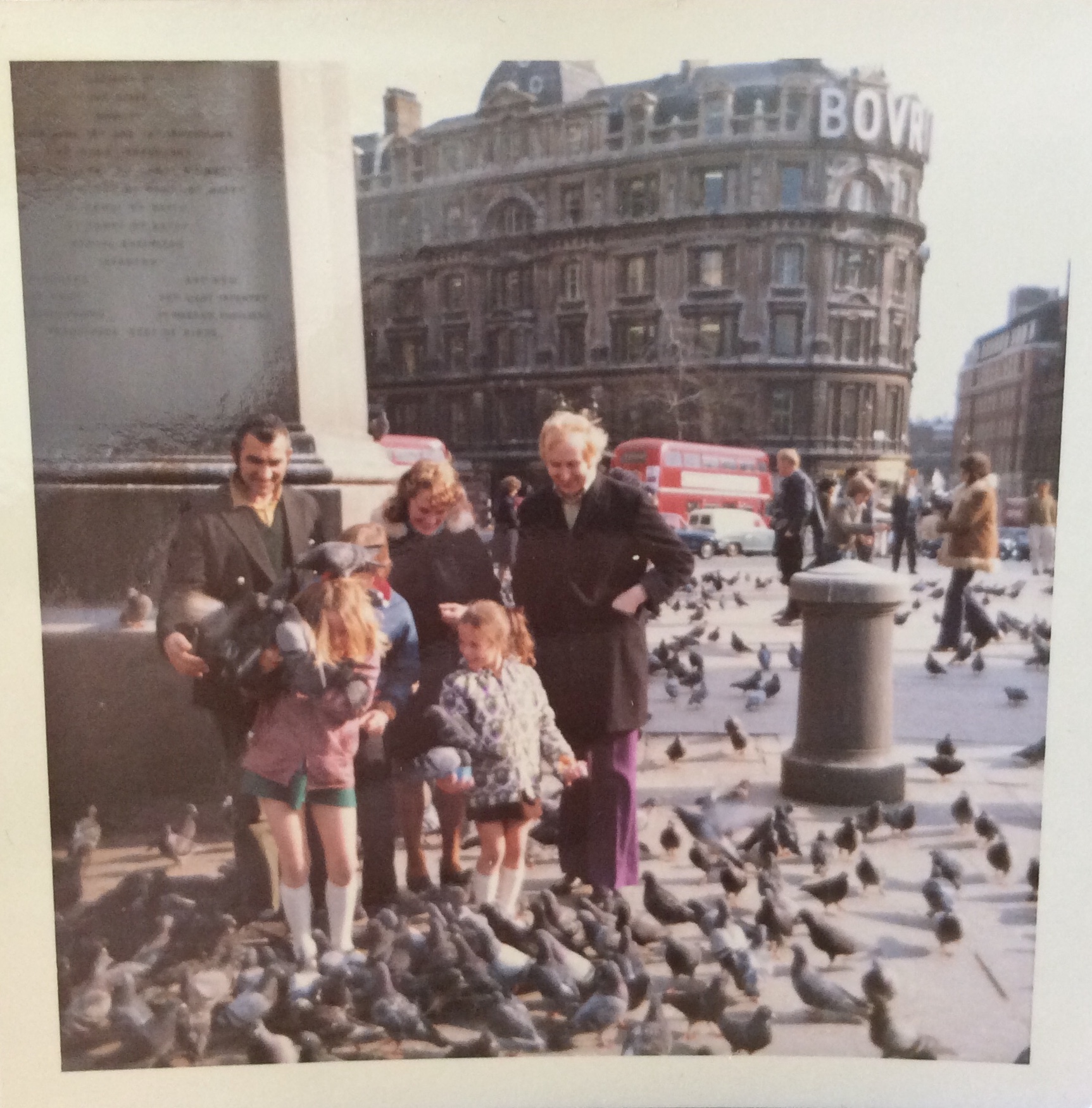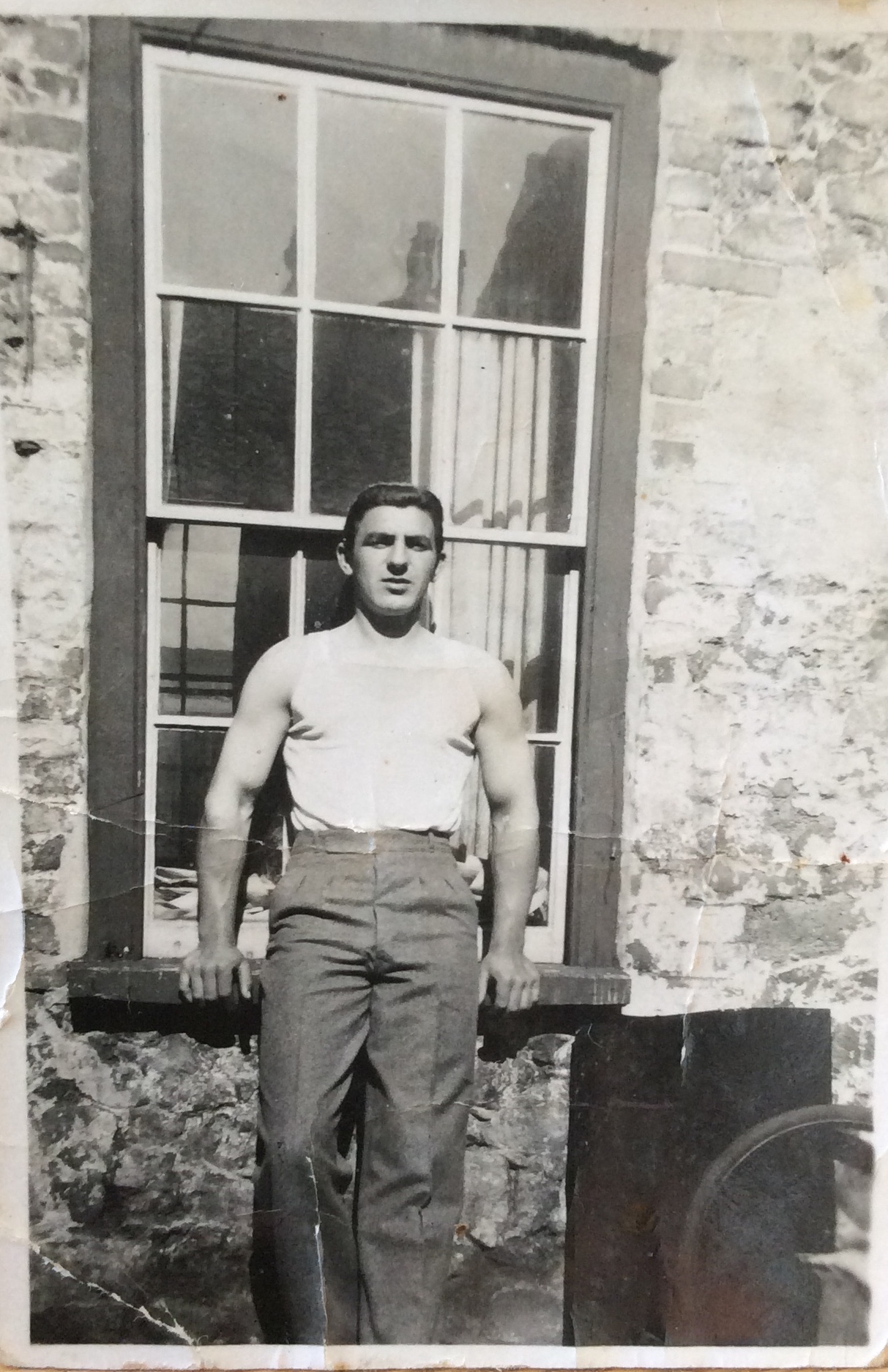Documentary Photography – Photojournalism – Artist :
Documentary Photography – Photojournalism :
Documentary Photography – Artist:
Documentary Photography:
Family album
I started looking through my family albums and found some photographs of my mum’s side of the family before and right after I was born. However I don’t have access to photographs which were taken any earlier than in 1997 because they are with my Nan who lives in Madeira. My mum is part of a 6 sibling family I was able to find photographs of two of her siblings who were living in Jersey at the time. I also found a photograph of my auntie and two of my cousins in Madeira outside my Nan’s house.
Chris Hondros – Analysis of Work
In 2004 Hondors completed an assignment exploring the Israeli-Palestinian Conflict. This conflict is an ongoing dispute between the State of Iserael and the State of Palestine over various territory disputes concerning the region of Palestine. The dispute is religiously motivated, as the region of Palestine is considered sacred the both Jewish and Muslim people. Iserael is run by Jewish Authorities, whereas Palestine is controlled by Muslim Authorities. The consequence has resulted in a in a series of small-scale guerilla warfare over the course of 20 years, still ongoing today.

This image by Hondros shows an eleven-year-old Palestinian boy called Abdallah looking through a hole from a window which was left by the Israeli sniper bullet that killed his mother. This image is a very harrowing and sensitive image which explores the devastating consequences that the conflict has had on the civilians involved. Abdallah’s mother was caught in the crossfire of a guerilla battle between Israeli and Palestini insurgents. This image is to an extent subjective because it highlights Hondros’ sympathetic viewpoint towards the Palestinian people. The image uses symbolism to portray an account of the helplessness experienced by the civilians caught in the dispute.
The broken glass that Abdallah is looking through symbolises how the Palestine region has been broken by the conflict. Abdallah, representative of the young generation of those in the region, is portrayed through the symbolisation of looking through the broken glass as vulnerable and fragile, faced with the prospect of a homeland which is dangerous, broken and tragic. The distorted viewpoint created through the glass symbolises the complexity of the conflict, juxtaposed with the sombre mood expressed by Aballah’s reflective stare, which clarifies the simpleness of the fact that tragedy still occurs, making the complexity of the tragedy inexcusable to cost innocent lives.
This is a very emotional and hard-hitting image. Hondros has captured a moment which distances its focus away from the war, forcing the viewer to consider from the heartbreaking perspective of a young boy loosing his mother as a direct consequence of violence. By viewing the war in the a manner which conveys a young boy’s personal tragedy, there is a suggestion that Hondros is criticising the Israeli and Palestinian’s government’s failure to peacefully settle the conflict, due to the devastating cost that such a conflict impacts on both sides.
Ethical Concerns:
I’m going to be analyzing a documentary picture with my own personal opinion. I’ll explain my own thoughts on the subject as well as commenting on the ethical concerns that apply the photograph. Ethics is defined as: moral principles that govern a person’s or group’s behavior. It’s about recording truth, in the realest way possible. However it’s also about who’s truth, what we believe in and what’s acceptable, which is where the ethics come in.
In class, we watched a YouTube clip that was dedicated to this incident. The film was entitled The Falling Man.
Here’s the link to it: https://youtu.be/m3gbxJ4xUDE
‘The falling man’, that was taken on September the 11th. Here’s the picture by the iconic photographer Richard Drew:

Richard Drew is the man behind this shocking picture. It was taken on September the 11th, when the World Trade Center was a target of the various life-threatening terrorist attacks. That day was full of chaos and with that came a lot of reporters, snapping away pictures of the scene. Surprisingly, Drew’s ‘falling man’ was the most memorable of the lot.

The man in the picture, was seen falling from the North tower. His body was in an upside-down position. There is a question that remains however. Is it that the man fell as a form of escape from the fire, or did he fall accidentally while looking for safety. That will probably remain a mystery. However, when the picture was released into the media, by the photojournalist Richard, it ignited masses of attention. When it was uploaded onto the internet, the companies were bashed with negatives comments saying it was ‘tasteless and voyeuristic’. Therefore, they removed all their online records of it, making it know as, by Drew, ‘the most famous picture that no one has seen’. The unidentified man appeared to be falling in an uncontrollable manner. The ferocious amounts of wind filled his white top with ripples.

For me, it was good that Drew released this picture to the press. Although a lot of controversial situations occurred, it became one of the most powerful photojournalism pictures of 9/11. I watched the film linked above, called ‘The falling man’. I will be writing a short paragraph of my thoughts on it:
Most picture that were taken that day showed the amazing and heroic scenes, in which people were being rescued. All of the attention was being placed on the soldiers, firefighters and people that helped with the event and aftermath. Even though that was truly amazing, no one wanted to show the victim’s struggle’s. Here are some of the generically typical photojournalism photographs of the heroism that day:
To summarize, the world preferred to remember the rescuers rather than the explicitly graphic scenes of the victims that suffered during the explosions of the terrorist attacks.
What I find so breathtakingly amazing about Drew’s ‘Falling man’ picture is that he simply shows a man falling to his death. It truly expressed the depressions he might have been in and highlighted the disasters of that day. The fact that another humans valuable life was lost. Drew captured the horrible torture of the people that fell or jumped had to endure. It depicted the harsh reality of what it might have been like for the victims. He took various pictures of many people in the air, here are some:

Most reporters that were on the scene that day didn’t film the people falling in mid-air. Instead, they were asking spectators and eye-witnesses what their thoughts on the scene were. Personally I believe that they shouldn’t have done so, as it doesn’t show the truth of what’s happening, it’s simply an opinion. For example, this picture, where they only interview onlookers:

It’s much more powerful in my opinion, to show the victims and then let the world evaluate the case in order to make positive changes.
It’s sad to think that their only hope may have been to suicide and end their life’s then and there. It was the only thing that they had control on. They could either choose to stay and burn in flames, or jump and end it quickly. Is it that they’d wait for themselves to die, or would they end it themselves. Many were forced to jump, or accidentally fell and had no choice. The desperation was incredibly high, showing the moments of fear and bravery. It’s like when everything around them was out of control, they could at least control one thing.
The only picture that left the most memorable response that day was Drew’s. Compared to other pictures of 9/11, his photojournalism picture emitted the biggest impact on a worldwide scale. This image of ‘The falling man’ received the deepest and most heartfelt responses that were combined with anger and frustration. The picture highlights the insane choices that the victims were urged to commit. It made spectators put themselves in the victims positions. They began to question what they’d do and their personal choices if they were in that situation. Drew’s image showed the negative side of the event and prompted people to want to change the world for the better.

Even though everyone was in denial that there were jumpers, Drew proved this. All of the broadcasts missed out the fact that people actually chose to leap, instead they said they were ‘forced out’. No one could seem to deal with the truth or confront it fully. Some spectators found that the specific way he died was not right. They felt uncomfortable seeing this. But as the man in the clip stated, the jumpers shouldn’t be excluded from the pictures, just because they died in a certain way. The falling man was symbol that demonstrated pure bravery on behalf of himself and the other jumpers. However, again he brought light to this subject and it was a real eye-opener.
Later they tried identifying the man, his white shirt resembled one of a waiter from the tower’s restaurant. They linked him to a man called Jonathon Briley. Briley’s family didn’t want to accept the fact that the falling man was him. They viewed the way he fell in a bad manner, they were quite negative about it. They stated it wasn’t the right way to die.

However, to this day ‘The Falling Man’ has never been properly identified. There is no proof that it was in fact Jonathon Briley. The ‘falling’ man will therefore always be a mystery, but it’s certainly a moment to remember.
Tom Pope Exhibition Visit:
On Friday the 25th of September, our photography class visited Tom Pope’s recent exhibition. It was called ‘I Am Not Tom Pope, You Are All Tom Pope’. In the building, he had a total of 21 works. Here’s a picture of Pope giving a speech on his outcomes:

Tom quoted in this exhibition letter: ‘My practice does not make artwork for a community, it creates a community through the act of making’. I think what he means is that he brings people by doing what he does. He is probably inciting that he isn’t the sole producer of the work, rather, community members have a big part to play. In that, everyone’s brought closer together under the name of visual arts. Here’s the letter:

He also displayed a rather long film, around 20 minutes or so. Pope and many other volunteers from all around Jersey, helped to push a small boat across the island. The film was entitled ‘The Last Portage’. Portage defined as: the practice of carrying a water craft or cargo over land, either around an obstacle in a river, or between two bodies of water. The boat was then placed on a slipway and pushed out to sea by Tom. The aim was for the boat to sail in the Atlantic ocean. Surprisingly, Pope then had to phone the coastguards to alert them that a ‘lost’ boat was at sea. The footage was displayed in a dark room, here’s a picture I took of the screening:

At the end of Tom’s presentation, I took some pictures. Here’s his collection from the first room:
This picture above, shows an upside down woman holding a reflected shoe on her heel. The background of the image is pitch black, so that the girls legs stand out. I think that this picture is quite bold. The subjects in this photograph are quite off balance. This is because there’s a massive void of empty space on the right hand side. For me, this creates interest and mysteriousness. Also the rule of thirds are rather strong. The legs intercept the two hot-spots and are aligned with one of the vertical lines.
This picture shows a portrait of a woman on the beach. She’s wearing a leopard skin bikini and has had a face altered on top of hers. The face is actually from the Jersey Archive and Pope’s cleverly placed it onto her body. I think that this hides her emotions and is a sort of disguise. Compositionally, it’s great. The woman is directly in the center of the frame and the sea behind her creates a vertical overlap with her. Also, her stance is strong and tall.
Tom Pope is actually featured in this one. This self-portrait shows Pope being painted by another man. His expression looks surprised and the painter looks focused. The way that Tom’s arm has been cut off on the right hand side, leads me to look at it. This image also has a pretty good amount of depth to it. The painter in the foreground creates shadows on Tom, which then creates shadows on the background wall.
Here, a man appears to be climbing on a statue. This was taken during the night, so it’s likely that a flash camera was utilized. In all, there is a lot going on in this picture. From the street signs on the side, to the cool statue and the man trying to stabilize himself. It looks like it was taken in an amateur man, because the elements aren’t that well aligned. Nevertheless, I believe that that makes it more intriguing.
Lastly, these two images were placed together. In the left one, a night scene has been captured, where someone seem to be holding a hockey stick. The man pictures was probably playing hockey whilst someone was snapping pictures. The image on the left is of a girl on a cylinder shaped structure. It looks as if she jumped on it and is now grabbing on. The way she’s holding on, somehow reminds me of a bear climbing a tree. The striped background works well, as it creates depth and leading lines.
If you notice, all of the pictures were framed with a bright orange frame. When asked why he did this, Tom said that he simply liked the color. He also said that it paint the pictures stand out and that he has presented his work like this in the past. For instance, when he photographed oranges, he’d normally frame in in that color. It could also relate to Baldessari’s work.
In this room, Pope had also displayed a blue podium. The color was bright blue and it stood out quite a lot. Pope stated that he chose this color to create a contrast against the white images on it. He said that it wouldn’t be as interesting to look at, if the podium was just plain white and i agree. The podium is cut at exactly one meter by one meter, making a perfect square. The way that he presented the images is also quite exquisite. Tom said that he would grab a picture and hold it up, at about one meter from the ground. He would then drop the image and simply leave it to land, whether it be upright or face down. Again this incorporates his love for performance photography. In this medium he performs something and records it, with the camera.
Here’s his collection from the second room:
Tom then gave us an insightful speech about his idea behind this part of the exhibition. There were various cutout faces placed on posts. The portraits were in black and white and so were the pieces placed on the tables. Pope said that the faces were actually from the archive. He added that this project was about distributing the archive out into jersey, which he did by photographing them. I think it’s great because he’s bringing the past and present together, to create new images.
Below are some close-ups of the masks. The eye’s have been cut out so that people can wear them:
On the tables, Pope displayed these pictures. He used a coin method to create these interesting holes. Basically there’s one picture on top of the other. Tom used a regular coin and placed it in a desired place. He then cut out the shape and left a gap for the photograph underneath to shine through. Again, a coherent theme of combining pictures is apparent here:
Family Album- Experimentation and record
For my first idea I am focusing on my Grandfather’s life before he passed away. I want my project to focus on all the memories I have of my grandfather and the poignant moments of his life that represent who he was as a person. I began my research into his life by looking through an album of his life including all his family both immediate and extended.
